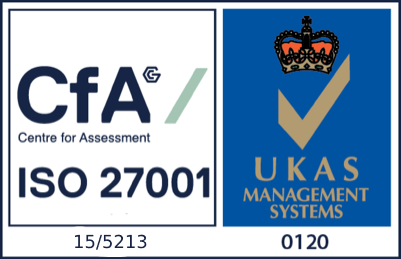- Bromley020 8290 0333
No Fault Divorce: The 5 Key Questions Answered
How is a no-fault divorce different to the previous law?
A spouse wishing to divorce prior to the law change on 6 April 2022 had to prove that the marriage had irretrievably broken down by relying upon 1 of 5 facts.
These facts were (1) the other party’s adultery (2) the other party’s unreasonable behaviour (3) desertion (4) a 2 year separation with the other party’s consent or (5) a 5 year separation without the other party’s consent.
From the 6 April 2022, a party wishing to divorce will simply have to confirm that the marriage has irretrievably broken down without relying upon the “fault” of the other party or waiting a minimum period of 2 years separation to issue divorce proceedings.
Can I choose to issue divorce proceedings under the previous law?
No. Anyone wishing to apply for a divorce on or after 6 April 2022 will have to issue proceedings under the new, no-fault divorce. This is a significant and welcome change in the law, and one that campaigners have worked towards for many years. The divorce process has been simplified and the hope is that by removing “the blame game,” separating parties can avoid unnecessary conflict and work together to resolve practical arrangements.
How long will it take to get a no-fault divorce?
The new law provides a minimum overall timeframe of six months (26 weeks). This comprises (1) a minimum period of 20 weeks between the court issuing the application and when the applicant(s) may apply for a conditional order and (2) a minimum period of 6 weeks between the conditional order and when the divorce can be made final. However, arrangements for the matrimonial finances and the children will need to be discussed and agreed and this may take proceedings beyond the 26 week timeframe.
Can I contest my spouse applying for a no-fault divorce?
The ability to contest a divorce has been limited. A spouse will not be able to dispute whether a marriage has irretrievably broken down. Applications for divorce can only be disputed on the basis of jurisdiction, the validity of marriage or if the marriage has already been legally ended.
What else has changed?
Applications for a no-fault divorce can be made on a sole or, for the first time, on a joint basis.
The legal terminology has also been updated and simplified. “Petitioner” will become “Applicant”, “Petition” will become “Application,” “Decree Nisi” will become “Conditional Order” and “Decree Absolute” will become “Final Order.”
Written by : Katie Wilson (Associate Solicitor)
If you would like to discuss the new no-fault divorce, please contact the Judge & Priestley Family Team on 020 8290 0333.









